Be amazed by the wonders along the Via Francigena trail.
This charming village has ancient roots, known to be a vital transit point in Etruscan and Roman times, connecting key cities in Etruria. In the early Middle Ages, the castle of Gambassi was already a destination for pilgrims traveling the Via Francigena. In 1037, it became the property of the bishops of Volterra, though it was fiercely contested, sometimes through armed conflict, between Volterra and San Gimignano. Today, Gambassi Terme is one of Tuscany’s most renowned spa towns, with historical landmarks like the Church of Cristo Re, where this stage of the journey begins.
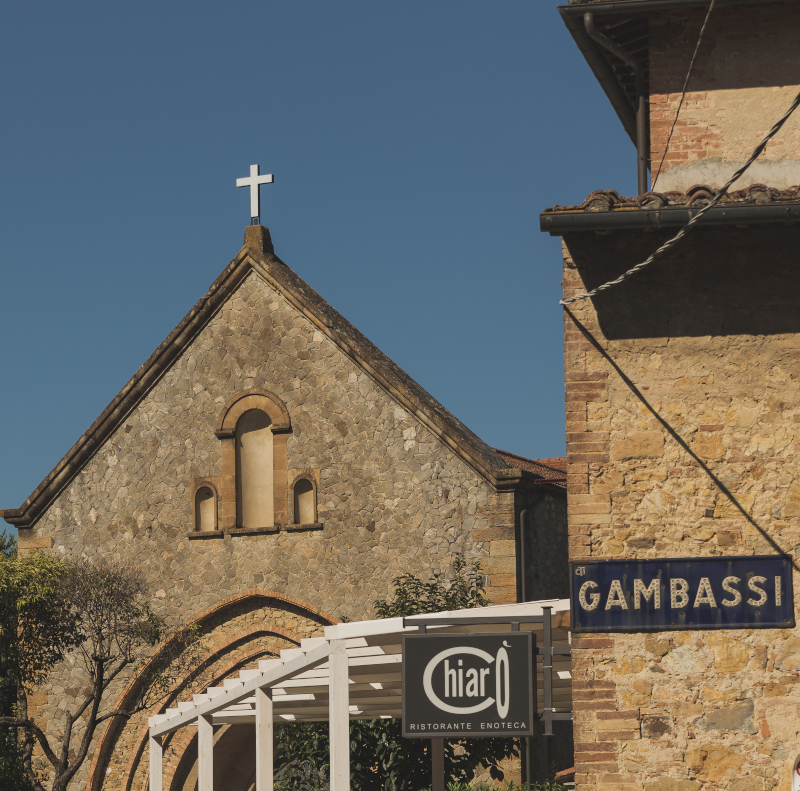
The thermal springs of Gambassi are located near the hamlet of Pillo in the Parco del Benestare, about 1 km from the Francigena trail. The Etruscans were already aware of the healing properties of Pillo’s saline waters, which treat respiratory and gastrointestinal issues and, in the past, also provided relief to malaria sufferers. Today, a modern wellness center in the park offers special rates for Via Francigena pilgrims.
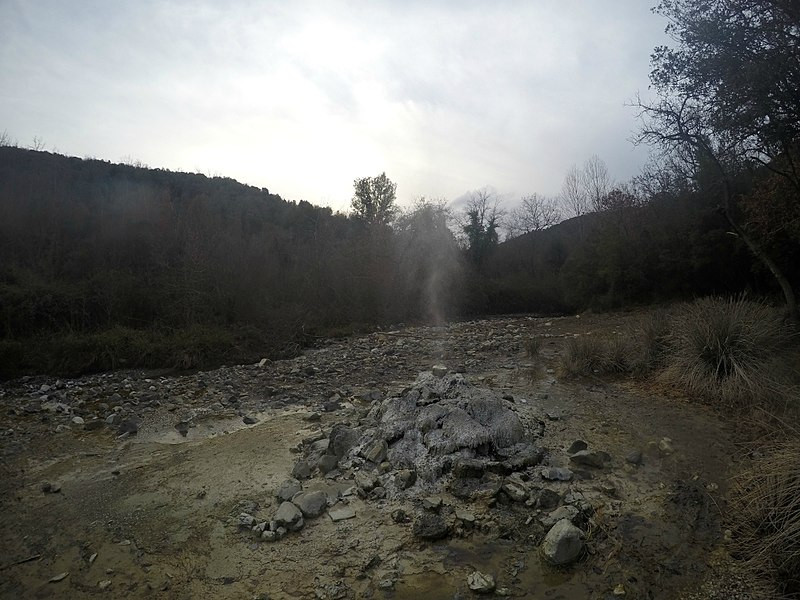
Known for its fresco of the Madonna and Child, the sanctuary was built to protect the miraculous image created by Pier Francesco Fiorentino in the 1400s, originally kept in a small shrine. According to legend, in 1688, near this shrine, the Madonna appeared to a young shepherd girl who had been mute from birth, granting her the gift of speech. Nearly destroyed by retreating German forces in 1944, the sanctuary was swiftly rebuilt after the war.
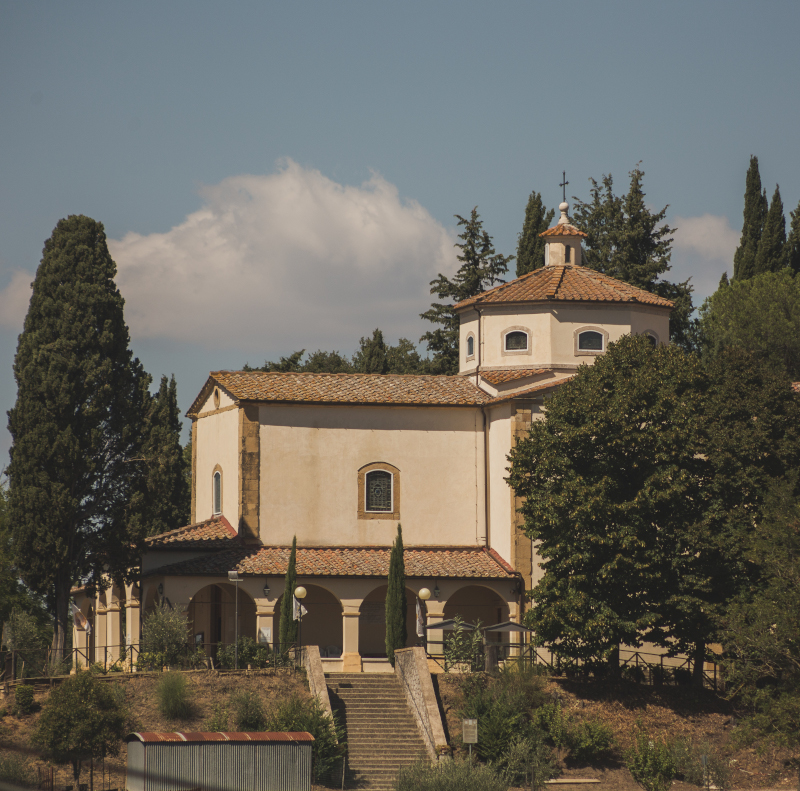
First mentioned in 949 AD, the Church of Cellole was officially consecrated in 1238, as noted by an inscription on its façade. Built in a refined Romanesque style, it underwent Baroque alterations in the 18th century, only to be restored to a more austere style in the 19th century. It is said that the church inspired Giacomo Puccini and Giovacchino Forzano in writing and setting the opera Suor Angelica.
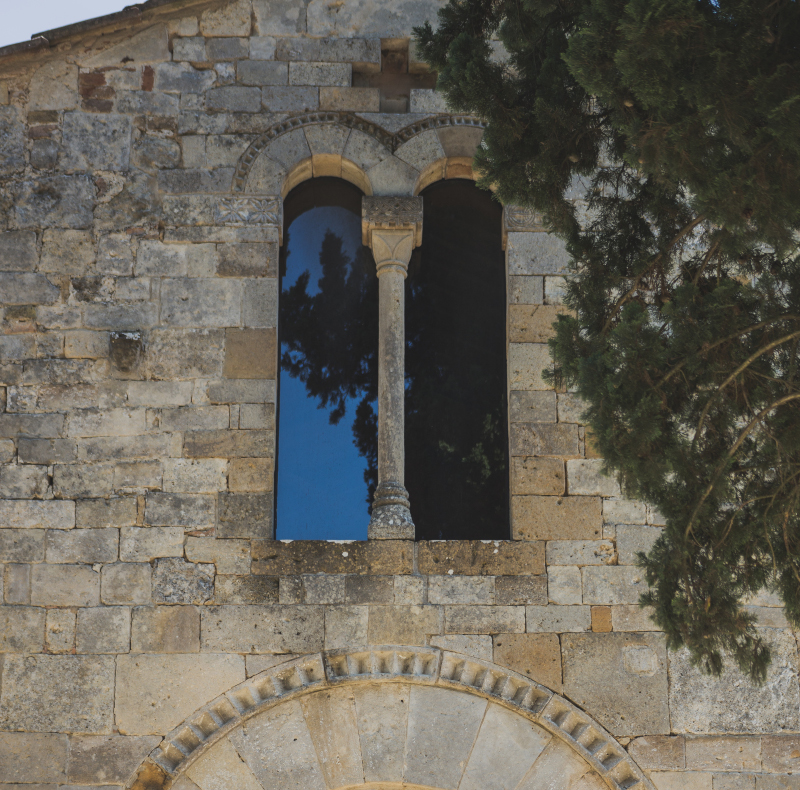
Known as the “Town of Fine Towers,” San Gimignano marks the end of this stage of the Francigena trail. The town owes its early prosperity to the Via Francigena, which brought economic growth through the influx of pilgrims. By 1262, San Gimignano had numerous pilgrim hospitals and paid inns. Over time, these businesses helped merchants build small fortunes, which they then reinvested in the trade of local products, especially saffron and Vernaccia wine. In addition to the Francigena, other important trade routes passed through the town, with one leading westward to Pisa, providing access to the Mediterranean via the port.
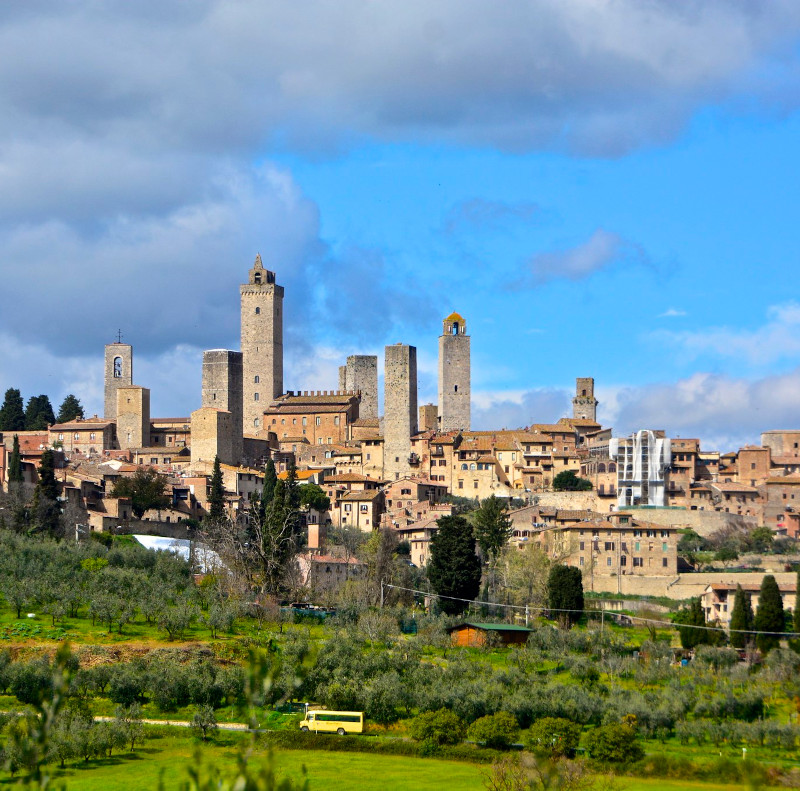
Also known as the Collegiate Church of Santa Maria Assunta, the cathedral dominates the piazza and is entirely decorated with frescoes. Inside, the chapel dedicated to Saint Fina is a masterpiece of the Tuscan Renaissance, featuring frescoes by Domenico Ghirlandaio and a precious leather reliquary. Overlooking Piazza del Duomo are also the Palazzo del Popolo, now home to the Civic Museums, and the Torre Grossa, which offers breathtaking views of the town and surrounding countryside.
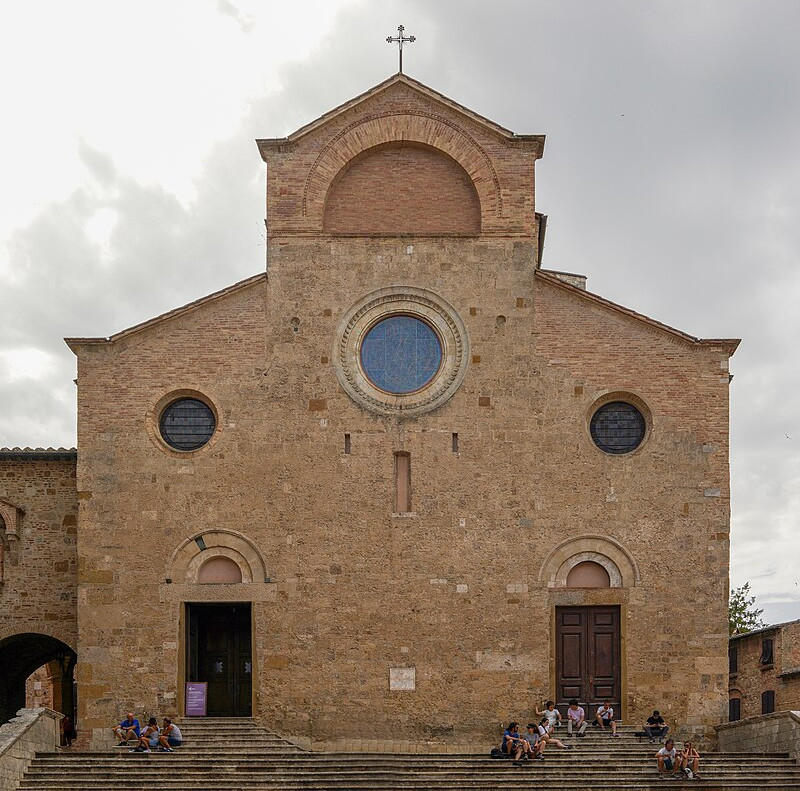
Undoubtedly the town’s most photographed location, this piazza is named after the famous well built in 1287 at the precise spot where the Via Francigena intersects with the route from Pisa to Siena. Surrounded by medieval houses, palaces, and towers, the square was historically the site of festivals, tournaments, and the city market, which still takes place every Thursday.
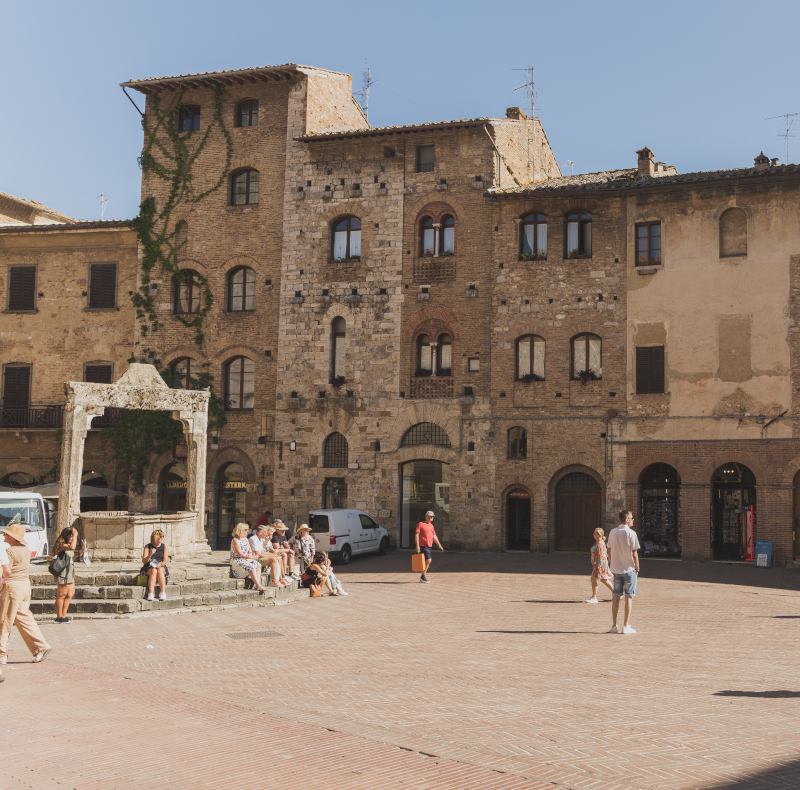

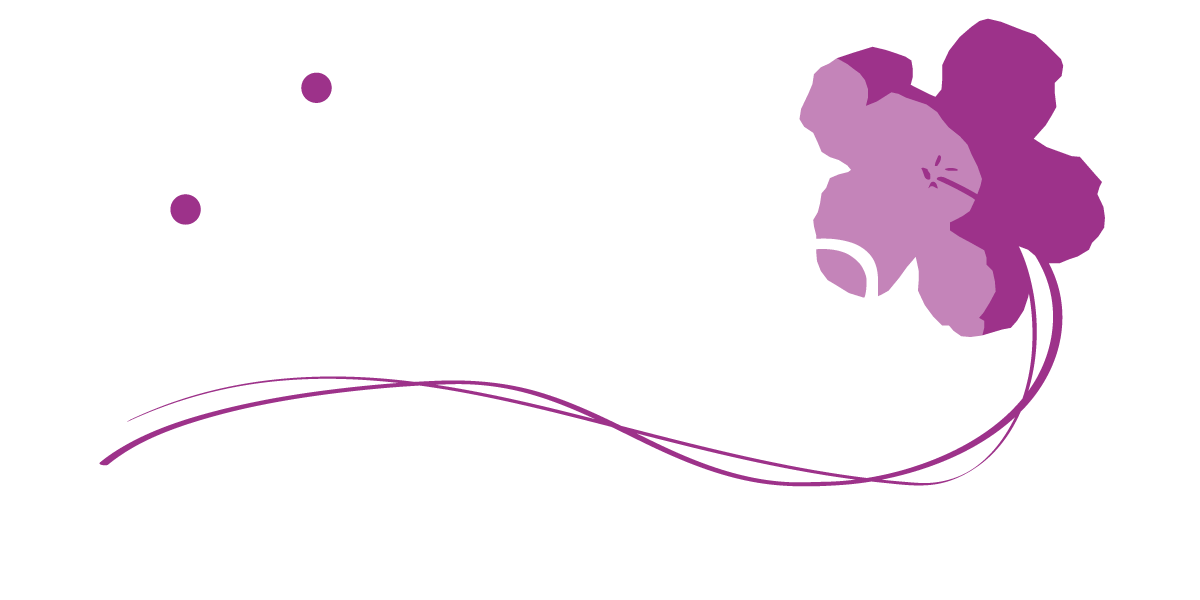

Design by Iperattiva